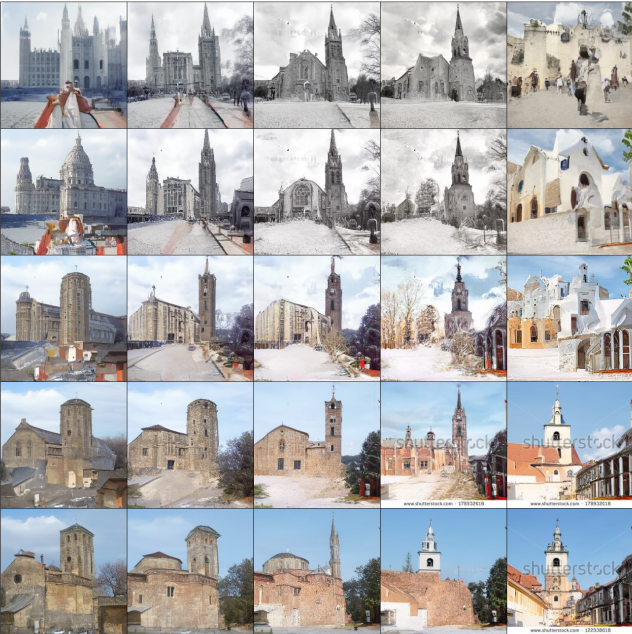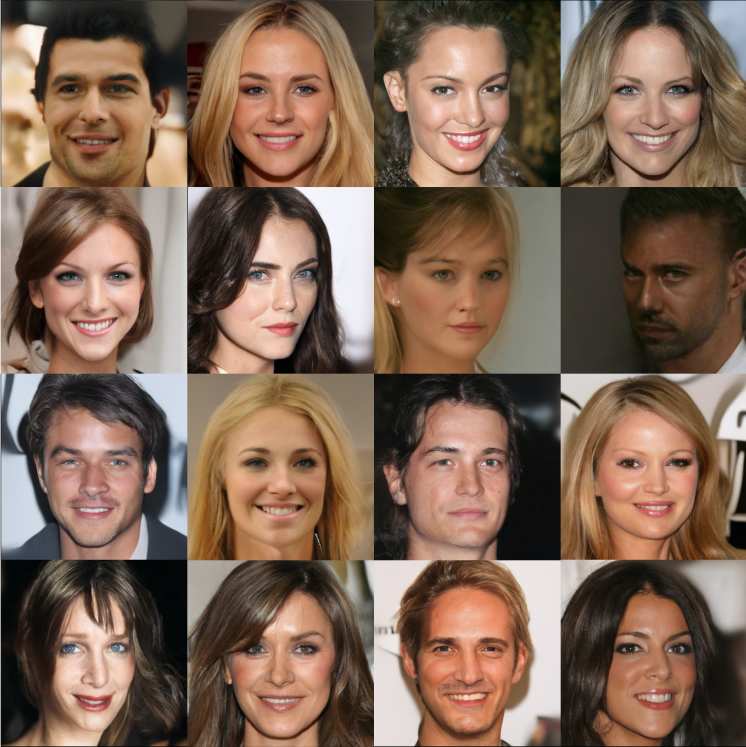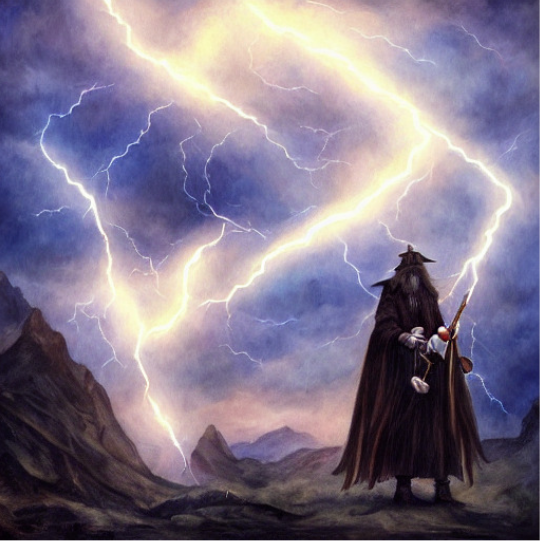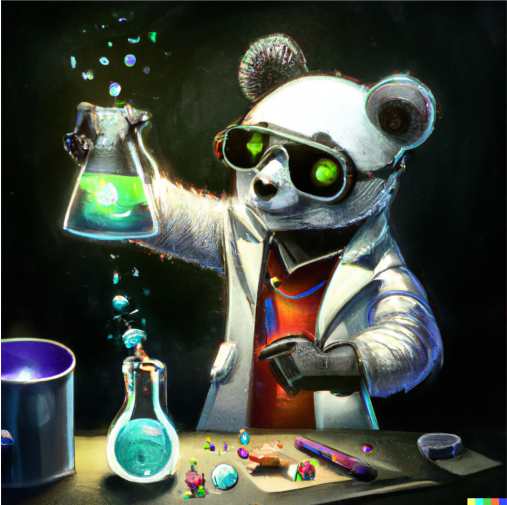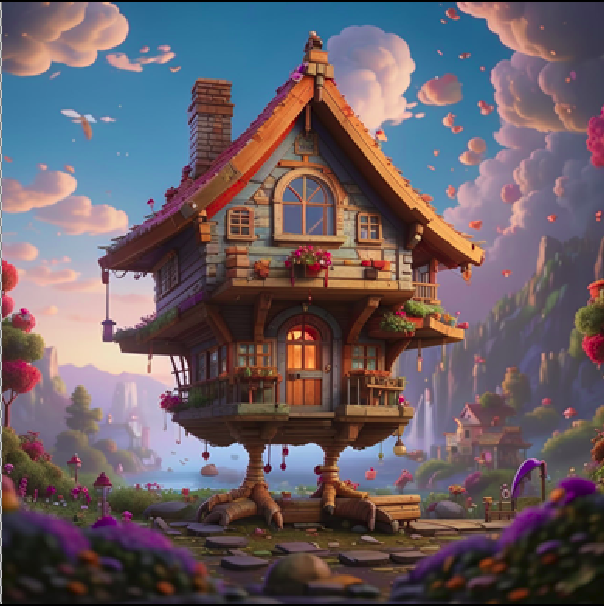Latent Diffusion Models (LDMs), introduced by Rombach et al. (2022), boost efficiency by performing diffusion in a compressed latent space using a variational autoencoder (VAE). This article explores LDMs’ two-stage process—perceptual and semantic compression—and their implementation in TorchDiff for scalable image synthesis with text prompts, featuring practical training and sampling examples. Read More

